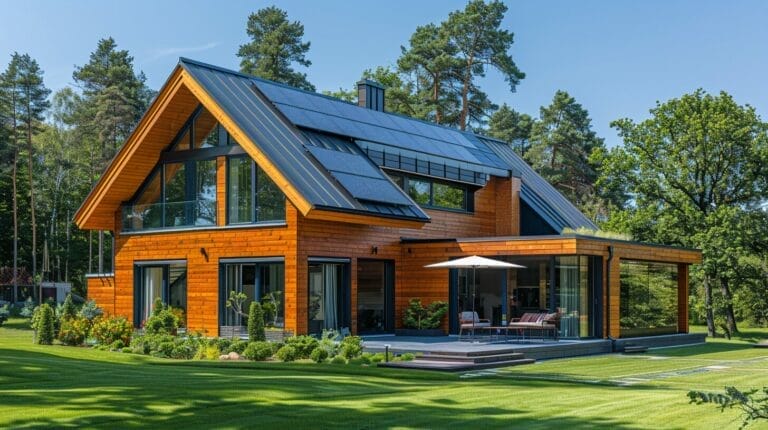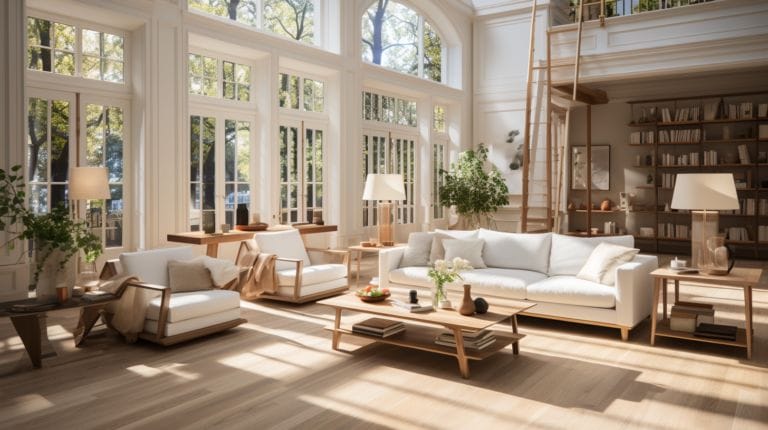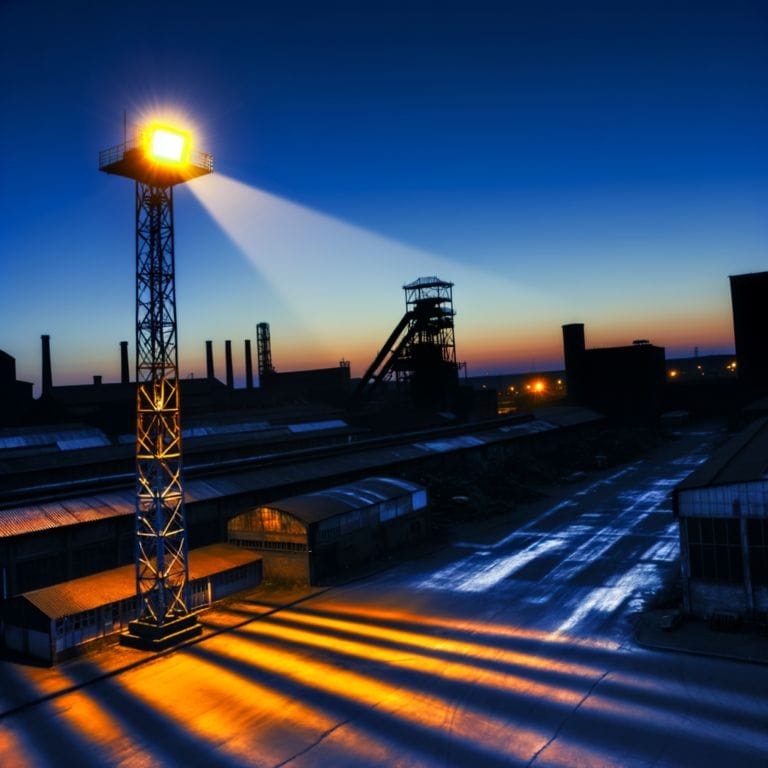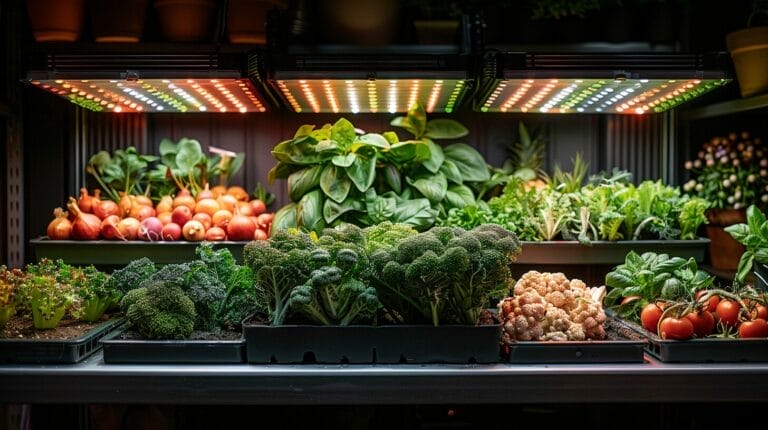How Many Watts Does a Light Bulb Use per Hour: Energy Guide
Have you ever wondered, “How many watts does a light bulb use per hour?” Understanding the energy consumption of a light bulb is crucial for efficient usage and managing electricity costs. Whether you’re planning your home lighting or considering eco-friendly alternatives, knowing the wattage can make a significant difference. Let’s delve into this essential aspect of illumination and shed some light on the power consumption of our everyday bulbs.
Key Takeaways
- Incandescent bulbs use around 60 watts per hour, while LED bulbs use only 10 watts per hour.
- Switching to LED bulbs can save around 250 watts daily, reducing energy costs significantly.
- Understanding wattage helps in choosing energy-efficient bulbs for long-term savings.
- Solar-powered bulbs offer sustainable lighting solutions with renewable energy.
- Lower wattage bulbs and smart lighting systems help reduce unnecessary electricity consumption.
Understanding Light Bulb Wattage and Its Impact on Energy Consumption
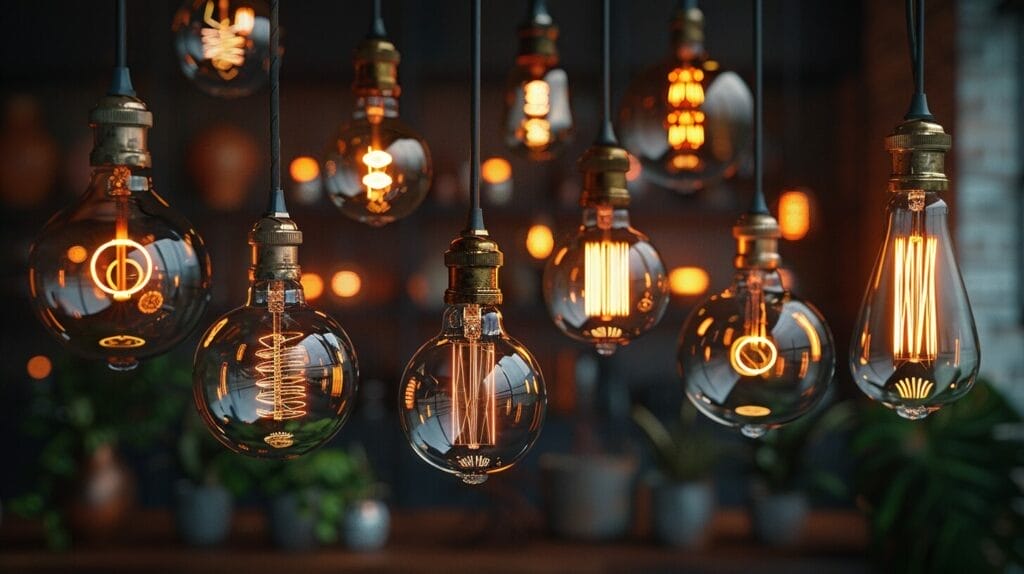
When discussing light bulb wattage, we’re essentially talking about the power a bulb uses to produce light. The wattage indicates how much electricity it consumes, directly affecting your energy bill. Traditional incandescent light bulbs usually have higher wattage compared to newer LED bulbs. Higher wattage bulbs draw more power, leading to increased electricity costs over time. Conversely, LED bulbs, despite their lower wattage, produce the same or even better illumination. By opting for LED bulbs, you can significantly reduce your energy consumption and lower your electricity bill.
Exploring the Energy Efficiency of Different Light Bulb Types
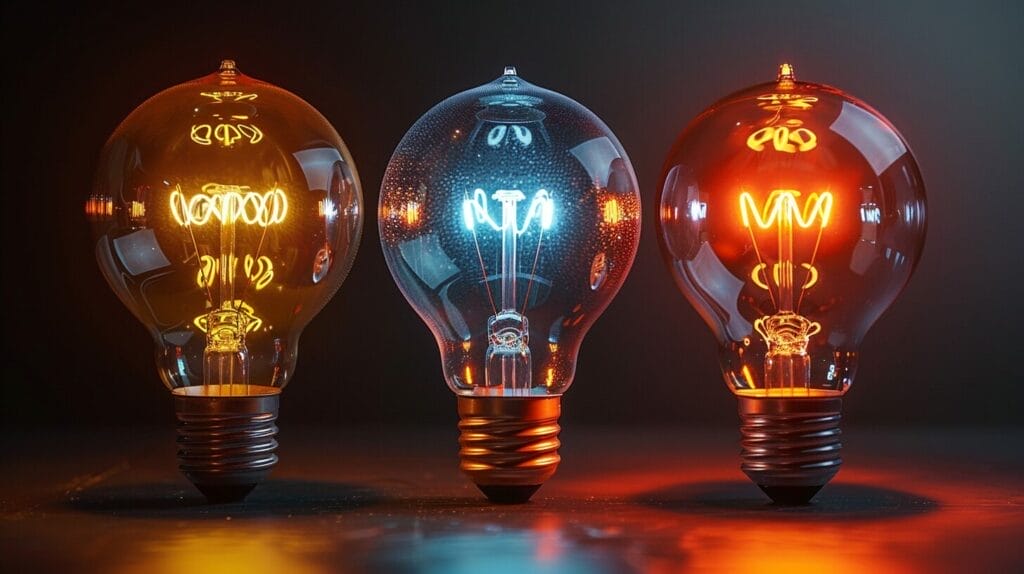
An exploration of different light bulb types reveals notable variations in wattage consumption and overall performance. When seeking energy-efficient options, LED light bulbs stand out. They consume notably less electricity compared to traditional incandescent bulbs. For instance, an LED bulb can generate the same amount of light as an incandescent bulb using only 10 watts compared to the latter’s 60 watts. Halogen bulbs also offer improved energy efficiency compared to incandescent ones, although they’re not as efficient as LEDs. When switching to energy-efficient lighting, it’s crucial to consider both wattage and bulb type to maximize savings and minimize environmental impact.
How Many Watts Does a Light Bulb Use Per Hour: Real World Examples
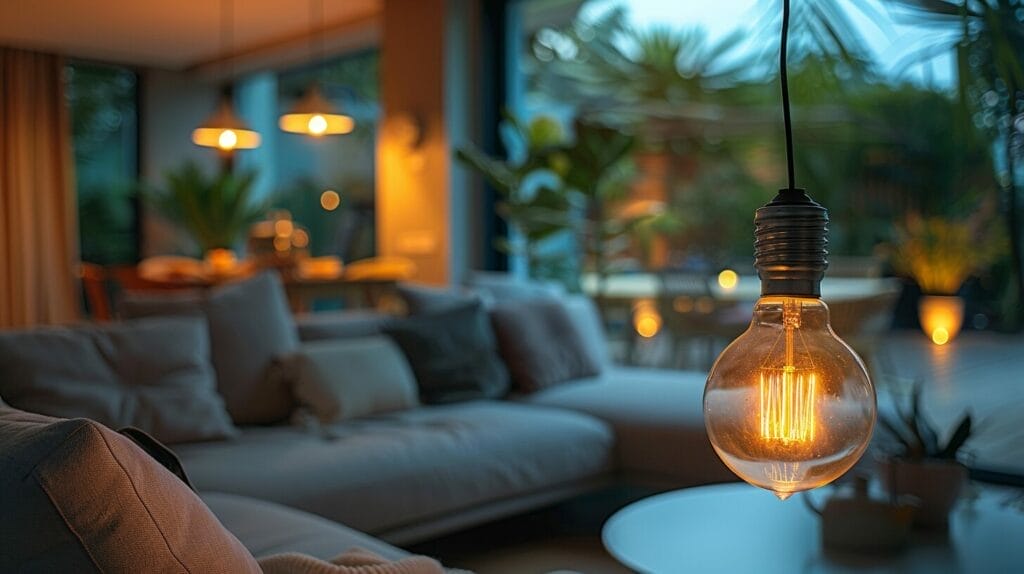
The energy efficiency variations among different light bulb types become evident when we examine real-world examples. An incandescent bulb typically uses about 60 watts per hour, while a LED bulb only uses around 10 watts within the same period. If we consider a scenario where a light is used for 5 hours a day, switching from an incandescent to an LED bulb could save around 250 watts daily, leading to significant long-term energy savings.
Solar Power and Light Bulbs: A Sustainable Option?
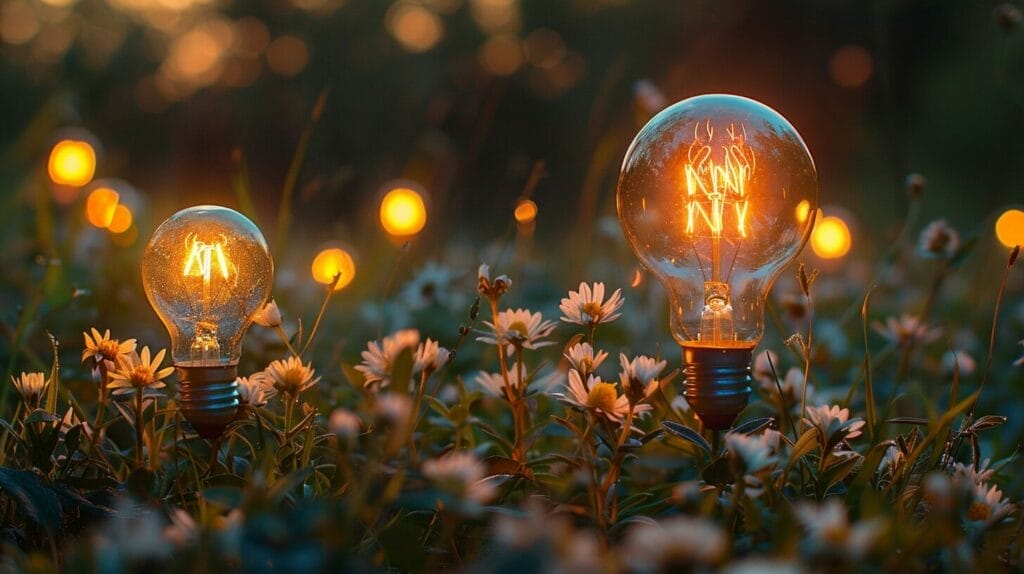
Solar power offers a sustainable solution for powering light bulbs. By converting sunlight into electricity, solar power can efficiently light up our spaces while reducing our carbon footprint. Solar-powered light bulbs are a cost-effective option in the long run, as they rely on renewable energy. These alternatives not only provide illumination but also contribute to energy savings and sustainability efforts.
Practical Tips to Reduce Light Bulb Energy Consumption
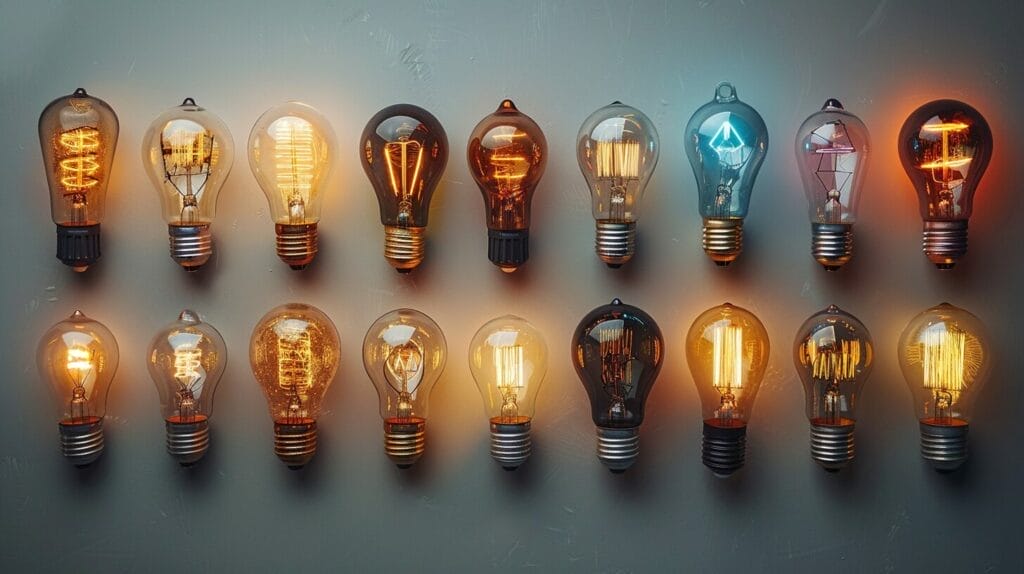
To reduce energy consumption related to light bulbs, it’s essential to implement practical tips that optimize efficiency and minimize wastage. One key tip is to choose the right wattage for different rooms and purposes. Using lower wattage bulbs where possible can greatly reduce electricity usage. Maximizing natural light through strategic placement of windows and skylights can also help cut down on the need for artificial lighting. Smart lighting systems are another excellent option, allowing for automated control and scheduling of lights to minimize unnecessary usage.
Conclusion
To sum up, grasping the wattage of light bulbs and their impact on energy consumption is vital for saving money and reducing environmental impact.
By selecting energy-efficient options like LED bulbs, you can decrease your electricity costs and contribute to a more sustainable future.
Making small changes, such as switching to lower wattage bulbs and utilizing solar power, can make a significant difference in the long run.
Together, we can all take steps towards a greener and more energy-efficient world.
Frequently Asked Questions
How many watts does a light bulb use per hour?
A typical light bulb uses about 10 watts per hour.
How much energy does a light bulb use if it is on for 2 hours?
If a light bulb is on for 2 hours, it will use 20 watt-hours of electricity.
How do LED light bulbs differ from traditional incandescent bulbs in terms of energy usage?
LED light bulbs use significantly less energy compared to traditional incandescent bulbs, making them more energy-efficient.
How many kilowatt-hours of electricity does a light bulb typically use per month if used for 4 hours every day?
A light bulb used for 4 hours every day will consume around 12 kilowatt-hours of electricity per month.
Can solar panels be used to power a light bulb?
Yes, solar panels can be used to power a light bulb, especially in off-grid or sustainable energy setups.


